
Review samples supplied by Ohm Audio
Retail prices in the Netherlands, including 21% VAT:
Ansuz PowerSwitch X-TC3 €2.295
Ansuz PowerSwitch D3 €5.795
Ansuz ethernet cable X2 1.0m €640
Ansuz ethernet cable D2 1.0m €2.160
TC Linkz D-TC Supreme DC cable 1.0m €500
Not too long ago, network switches were seen as unimportant “passive” distributors, and the mere notion of a high-end version was often ridiculed. Now, we know better. Twelve years ago, I found out through empirical testing that even standard 60-euro network switches have an unexpectedly large influence on the sound when inserted between the router, 15 meters of ethernet cable, and a streaming endpoint. Moreover, when daisy-chaining 2 or 3 of the same switches, the effect increased the more I added. Later, I found that different brands still can and do sound different, even in the entry-level price class. Perhaps more importantly, I found that the power supply has a very large impact even with these simple switches. The reality is that, in audio, everything matters.
I won’t claim to know all the reasons why a network switch influences the sound, but one important aspect is that it is not the format or signal itself but rather the environment in which it is distributed that makes the difference. After all, the signal is digital and asynchronous, so it is not time-correlated and even has error correction. Even if a package fails to transmit correctly, it will simply be retransmitted. The music plays from a buffer; unless the stream is interrupted long enough to drain the buffer, the music should keep playing. Skeptical readers will also note that Ethernet connections are galvanically isolated, and while that is true, a galvanic connection only prevents DC from flowing which is helpful to help avoid ground loops. It does not stop modulations, otherwise, the all-important data signal would not get through either. Another aspect that should not be underestimated is cross-contamination, for instance, a power supply or device impacting other parts of the audio system besides the component to which they power or feed a signal. There’s much more to say on the subject, but rather than theorizing, I’d rather just insert a component into the system and listen to the result.
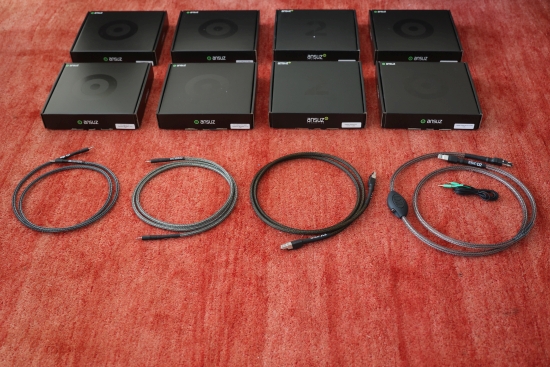
The subjects of this review
Ohm Audio sent me two different Ansuz Power Switches (X-TC3 and D3) complete with two different Ansuz ethernet cables (X2 and D2), and to top it off, an Ansuz Linkz D-TC Supreme DC cable. Below, I will explain the technologies that are in these products and how they compare to one another.
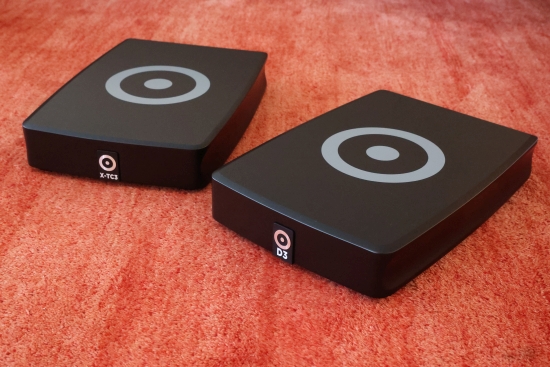
PowerSwitch Technology
All PowerSwitches from Ansuz Acoustics are equipped with multiple noise-suppressing and music signal-amplifying techniques. Noise is suppressed using proprietary Tesla Coil technology they refer to as “double inverted coil”. These Tesla Coils are a highly effective technology based on a simple principle. A Tesla Coil consists of 2 coils, a coil and a counter coil. When the coil detects a noise spike, the counter coil creates an out-of-phase noise spike, which cancels out the initial noise spike. Think of it as a noise-canceling headphone, which does exactly the same thing; only a noise-canceling headphone does this electronically, whereas the Ansuz Tesla Coils do this in a mechanical way. The more Tesla Coils are used in the signal path, the better the noise is eliminated.
The most effective incarnation of Tesla coils are the Active Tesla Coil variant, which, when implemented around cables and as Square coils on opposing sides of the printed circuit board, actively protect the signal from absorbing airborne RF noise. The active version is about three to four times more efficient than the Passive cable Tesla coil. The Switches reviewed here contain the latest Active zirconium Tesla coil technology. For this, Ansuz has implemented a zirconium bar in their anti-aerial resonance coil design.
The main difference between the PowerSwitch models is in the types and total quantity of Tesla Coils used, with the most expensive PowerSwitch from Ansuz, the D-TC GOLD Signature, containing the largest quantity and most types of Tesla Coils for the most optimal noise reduction and sound quality.
PowerBox Functionality
All Ansuz PowerSwitches are equipped with built-in PowerBox functionality to connect Ansuz D2 series cables and higher. The inline cable box that is part of the Ansuz D2 series cables and higher contains Active Tesla Coils, which work under voltage, and are up to 4 times as effective as the Passive Tesla Coils and provide a lower noise floor and less ground potential between equipment. However, these Active Tesla Coils must first be energized, which is why they require a PowerBox, which can be acquired separately. With the PowerSwitches, however, this funtionality is built in. To use this, simply connect the supplied 3.5mm jack-to-jack cable between the PowerSwitch and the inline block of the cable. Interestingly, these jack-to-jack cables are a link that can also be upgraded. For this, Ansuz offers two TC Linkz cables, the D-TC Supreme and the TC Linkz GOLD Signature, of which I will assess the former as part of this review.
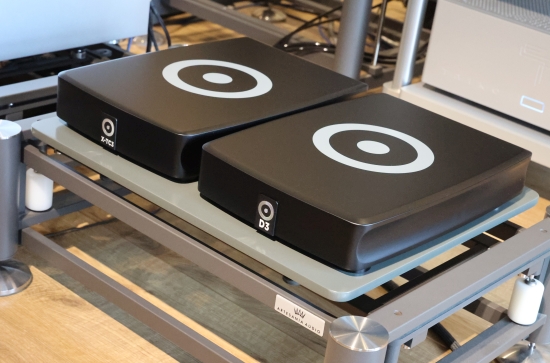
Ansuz PowerSwitch X-TC3 and PowerSwitch D3
The PowerSwitch X-TC3 is Ansuz’s latest entry-level Network Switch product. The next model up is the PowerSwitch A3, and above it is the PowerSwitch D3 which is a reference model PowerSwitch with only the ultra-reference PowerSwitches (D-TC Supreme and GOLD Signature) positioned above it.
Both PowerSwitches use the latest techniques. For example, Ansuz Acoustics has used the brand-new Active Zirconium Tesla Coils, and the Analog Dither Technology is of the latest (3rd) generation. Combined with several other techniques, all these techniques aim to reduce noise in the music signal and amplify the music signal.
The Ansuz PowerSwitch X-TC3 has 12 Active Square Tesla Coils, 3 Active Zirconium Tesla Coils, and Analog Dither Circuitry Gen.3.
The Ansuz PowerSwitch D3 has no fewer than 90 Active Square Tesla Coils, 3 Active Zirconium Tesla Coils, 2 Active Cable Tesla Coils, and 2 Analog Dither Circuitry Gen.3. As an extra compared to the Ansuz PowerSwitch A3, the PowerSwitch D3 is also equipped with Ansuz’s very effective ‘Anti Aerial Resonance Coil’ technology. Thanks to this, the PowerSwitch D3 has much more extensive noise suppression than the PowerSwitch A3 and X-TC3.
Both PowerSwitches have a high-quality and stable internal power supply, so you do not have the additional expense of purchasing a high quality linear external power supply.
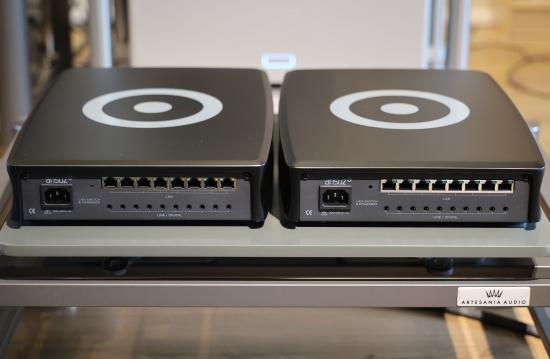
Both PowerSwitches have the following connections: 8 x LAN Port, 10 x PowerBox Outputs for compatible Ansuz cables (D2 and higher).
TC Linkz D-TC Supreme and TC Linkz GOLD Signature
The Ansuz TC Linkz cables are developed to preserve the refined signal created in the Ansuz PowerBox to feed the more advanced series of Ansuz cables, which are prepared for active operation. This is done using the same core materials as the Ansuz cable series. The Ansuz TC Linkz D-TC Supreme cable features three shielded silver-plated copper conductors. The Ansuz TC Linkz D-TC Gold Signature cable features three shielded Gold- and silver-plated copper conductors.
As part of this review, I will listen to the D-TC Supreme.
Ethernet Cables
Ansuz has a wide range of Ethernet Cable models in their portfolio, of which I will be reviewing two models. Central design considerations are to lower resistance, curb induction, and reduce noise floor to a minimum. The more advanced the cable series, the more refined and sophisticated the implemented technologies are.
The Digitalz X2 is the starting point using silver-plated copper conductors and a passive End Tesla Coil. The Digitalz D2 is positioned two levels up and occupies the mid-tier. It uses two passive End Tesla Coils and adds Active Cable Tesla Coils, which an Ansuz PowerBox or an Ansuz PowerSwitch can power.
Next: Review Context and First Listening
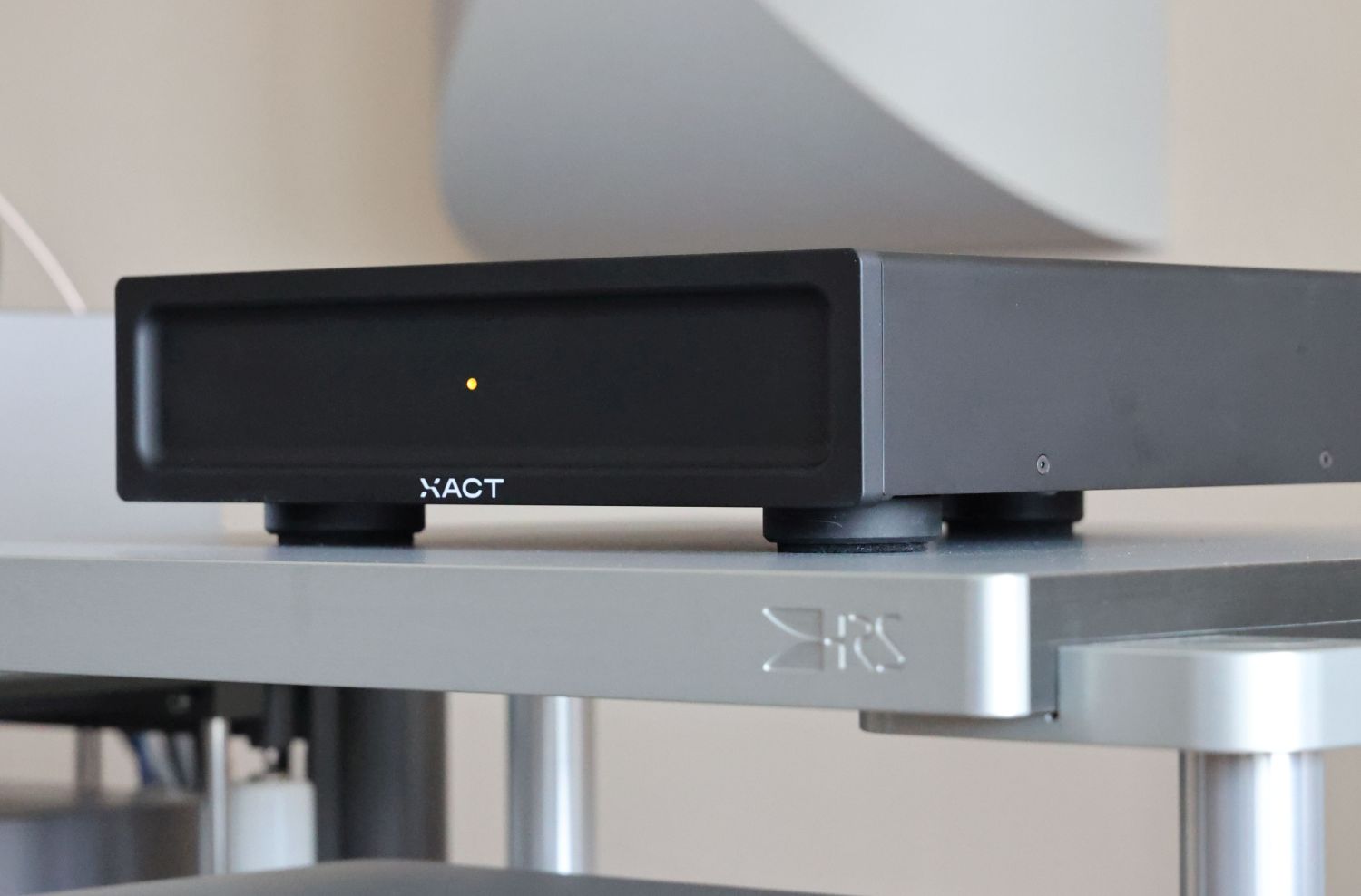
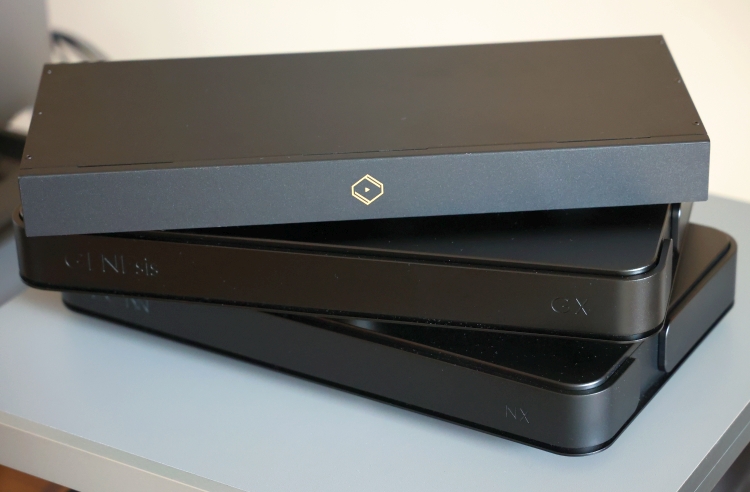
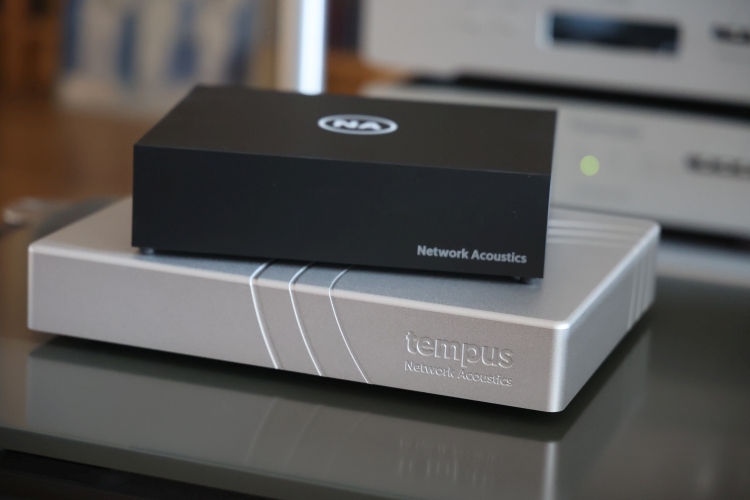
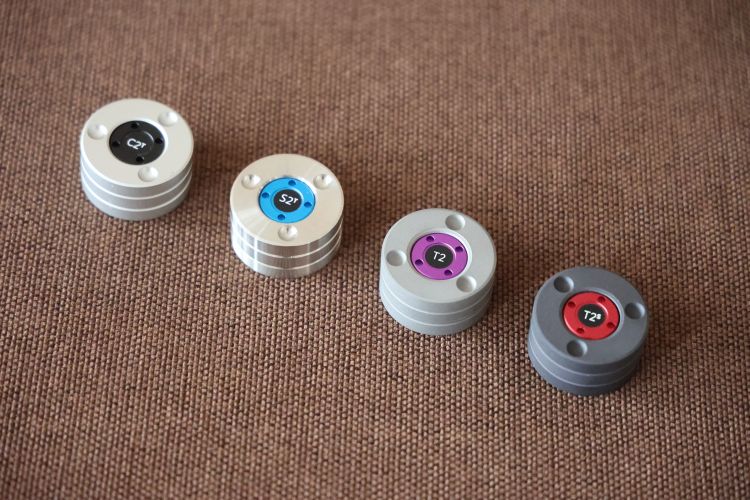
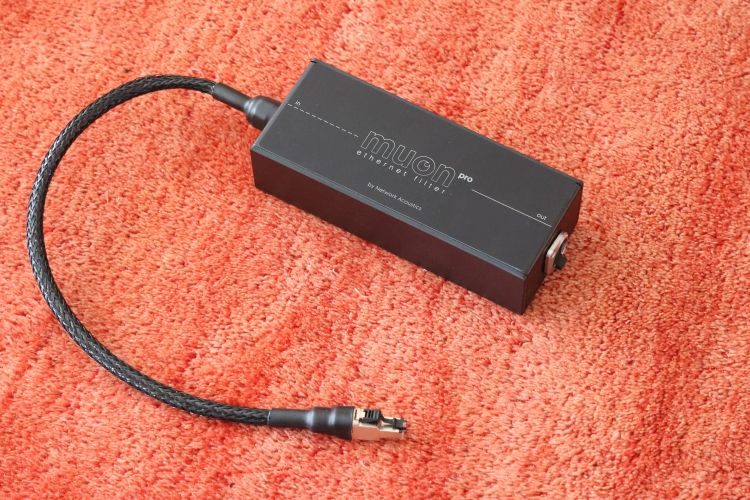
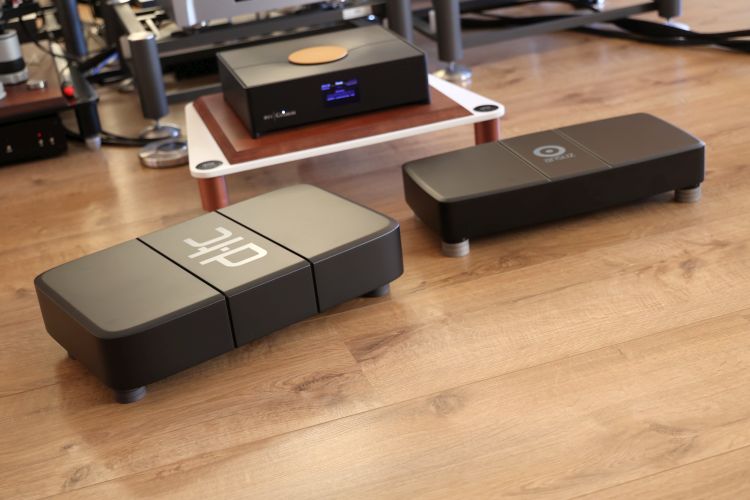
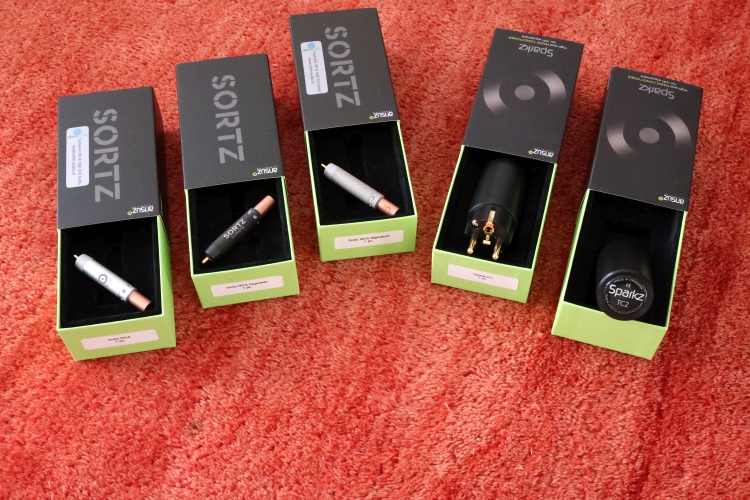
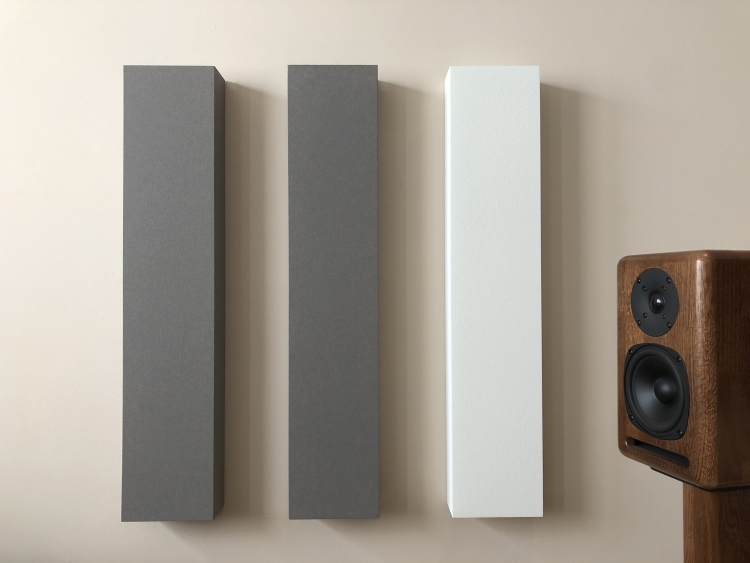
Great review, txs! I totally echo your findings… question: did you try to combine the PowerSwitch with the Muon ethernet filter? As reported, it should by pure magic!
Hi Vincent, I did not try the Muon with the Ansuz switches.
Ansuz PowerSwitches with a Taiko Extreme Router
Hi Christiaan,
I enjoyed reading your review of these fascinating Ansuz switches. You have understandably excluded Taiko Audio products from the review context, but have you done any personal experiments with the Ansuz PowerSwitches upstream of the Taiko Extreme Router? I am so very curious to learn how the isolation provided by the Taiko Router would affect your view of the efficacy of SOTA switches like the Ansuz pair or the Network Acoustics Tempus, or of network filters like the Muon Pro. Will these upstream noise killers remain effective in a Taiko Router/Taiko Switch audio network, will their effectiveness be reduced or will they perhaps become unnecessary?
Hi Lee, alas, since I also work for Taiko, I cannot provide direct comparative comments involving their products. What I can say is that from my experience with switches so far, I know that all products in this category try to achieve similar things. There is an overlap for some of the improvements noted (wider staging, more refinement, more flow) but also rather large differences. Besides the cleaning process, most switches have a sonic footprint, a certain character, that can be a large differentiator.
User preference aside, within a complete Taiko ecosystem, it does not make sense to add an extra switch in front of a Taiko Router and Switch. That would be unnecessary doubling up. The filtering and other mitigation of noise by the Taiko Router and Switch negate the need for another switch that has the same purpose. That is not to say another switch will not work with a Taiko server. But the Taiko switches and Routers have been tailored to suit an intended purpose and if you’d append or replace them with another switch, you will steer the sound in a different direction than intended. But ultimately, it’s up to the user to decide whether that other direction is preferable or not.
In recent years, my priority has been noise reduction and sometimes it seemed endless; there was always more to be done. If the Taiko Router (on order) in concert with the Taiko Switch + NIC can win that battle, making further network NR measures unnecessary, that would be very significant. Looking forward to moving my focus elsewhere.
Dear Christiaan: What is all the hype about Schnerzinger products ?
Wall outlet / Allocator / Grid-Protector / LAN-Protector / Multi-Guards.
See youtube >> Loftsound / Basementfortyfive (stromschock in HiFi-bereich) videos. Best regards: JR.
Hi JR, I only heard them at shows and demos, and always in use, never with/without, so I do not have any personal insights.